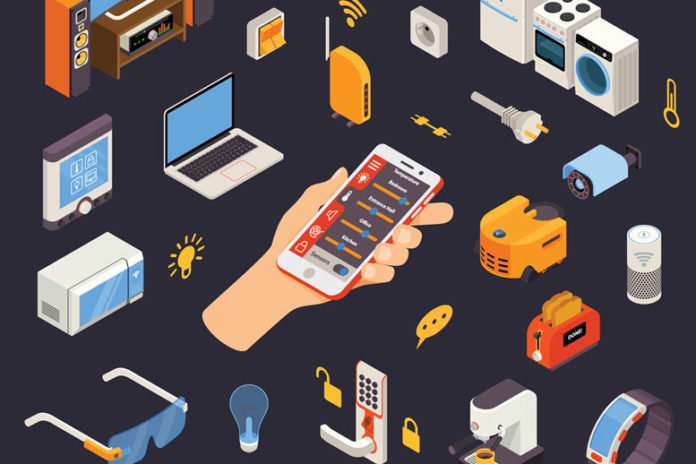The internet of things has various meanings as it’s different definitions. IoT is the world where virtually everything is infused with one or more tiny computers or smart sensors. Even vehicles, appliances, civil structures, manufacturing equipment, and even livestock will soon have sensors. The power converter for sensor take input voltage and convert it into output steady voltage. They are efficient but only for a narrow range of currents.
So, scientists from MIT’s Micro systems Technologies Laboratories (MTL) developed a new power converter. This new power converting system is efficient enough that it maintains currents ranging from 500 picoamps to 1 milliamp.
According to the scientists, the system will allow the sensors to operate at low temperature. It will extend the battery life for months or make do with energy harvested from the environment.
A postdoc at MTL said Arun Paidimarri, “Typically, converters have a quiescent power, which is the power that they consume even when they’re not providing any current to the load. So, for example, if the quiescent power is a micro amp, then even if the load pulls only a nano-amp, it’s still going to consume a micro amp of current. My converter is something that can maintain efficiency over a wide range of currents.”
This new power converter is a step-down converter. Its output voltage is lower than its input voltage. Particularly, it takes input voltage ranging from 1.2 to 3.3 volts and reduces them to between 0.7 and 0.9 volts. If the output voltage is below some threshold- in this case, 0.9 volts- the controllers throw a switch and release a packet of energy. After that, it performs another operation and releases another packet.
Paidimarri said, “In the low-power regime, the way these power converters work, it’s not based on a continuous flow of energy. It’s based on these packets of energy. You have these switches, and an inductor, and a capacitor in the power converter, and you basically turn on and off these switches.”
In case, there is no active device on the converter, the controllers might release between 1 and a couple hundred packets per second. But, if the converter is feeding power to a radio, it might need to release a million packets a second.
It consists of a variable clock, which can run the switch controllers at a wide range of rates. Hence, it needs more complex circuits. The circuit that monitors the converter’s output voltage contains an element called a voltage divider, which siphons off a little current from the output for measurement.
The voltage divider in this power converter, the divider is surrounded by a block of additional circuit elements. This element allows access to the divider only for the fraction of a second that a measurement requires.
Chandrakasan said, “This opens up exciting new opportunities to operate these circuits from new types of energy-harvesting sources. For example, body-powered electronics.“
